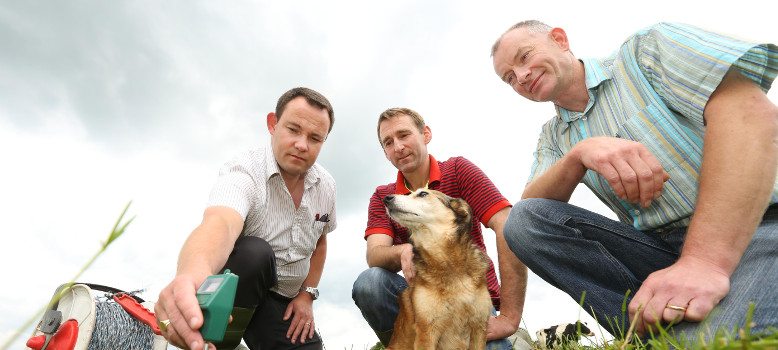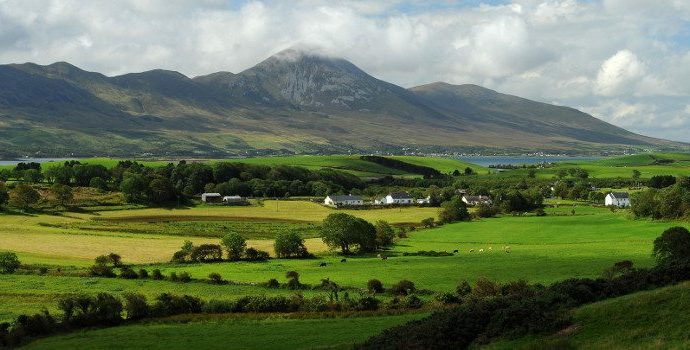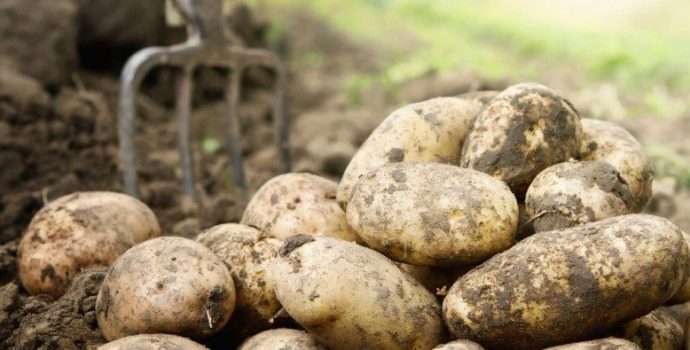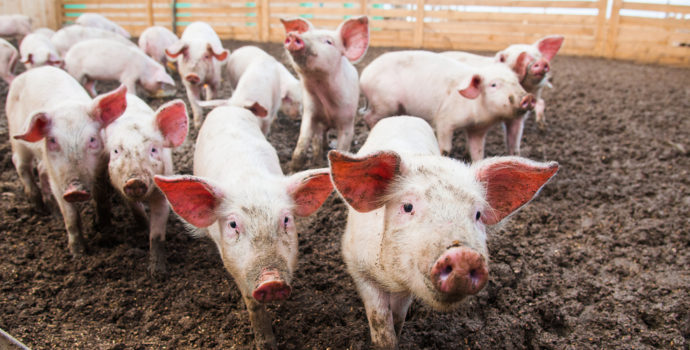Smart Farming with IFA

Harold Kingston, IFA National Environment & Rural Affairs Chairman outlines how farmers can reduce costs and protect the environment through better resource management
Improving farm incomes is at the centre of all of IFA’s activities. This is the driving force behind the voluntary Smart Farming programme. This initiative focuses on ways to reduce costs inside the farm gate through better resource management in eight key areas: feed, grassland, water, inputs, time management, soil fertility, machinery management and energy use.
The programme is led by IFA and brings together the knowledge of Teagasc, the Fertilizer Association of Ireland, EPA, UCD and others; communicating it in a targeted way to improve farm incomes. It delivers results: during 2014 over 600 farmers across the country participated and saw members of their discussion groups identify average cost savings of €6,600 per farm.
Smart Farming is also enhancing the countryside. Measures adopted by participating farmers will result in: less risk of run-off to water courses; extended grazing of grass; better targeting of fertilizer application; reduced energy and inputs use; and reduced greenhouse gas emissions. This is sustainable intensification in action, achieving the double dividend of saving farmers money and maximising output, while protecting the environment. It also contributes to the smart green growth that underpins the vision of Food Harvest 2020.
Smart farming reduces costs
Over the past decade spend on farm inputs has increased by over 50% from €3.2b to €4.9b, representing over 70% of the farm gate value of output produced. During this same period product price and input cost volatility have also increased significantly. Therefore the focus on resource efficiency and the use better use of inputs through the Smart Farming programme makes good economic sense. Every 1% reduction in inputs use will lead to a saving of €49m to the sector.
IFA continues to lobby for policy changes that can result in cost reductions. The Association is seeking to address at EU level the issue of market concentration and the unbalanced power held in the hands of a small number of multinational input suppliers. A number of technology initiatives are being developed by IFA to enable farmers to obtain and contribute to timely price information. Increased price awareness empowers farmers to bargain for better prices by comparing costs and making informed decisions on managing their own cost base.
Smart farming is good for the environment
In 2012 Teagasc published a marginal abatement cost curve for Irish Agriculture. Over 80% (c.2.8 Mt CO2eq.) of the measures identified are considered to be cost-efficient. The adoption of these measures is good for the environment and also saves farmers money. The development of the Smart Farming programme was influenced by these finding and involves relevant agencies contributing expertise and time to foucssing on specific areas.
Smart farming delivers real results
The agencies collaborated to produce a Smart Farming guide, which is a summary of top-tips to save money and reduce waste while safeguarding the environment. This guide is available at www.smartfarming.ie.
In 2013, six pilot cost saving studies across the main farming enterprises were completed, using the information contained in the guide. Average cost savings of €5,000 were identified on each farm.
In 2014 a further 30 discussion groups took part in the Smart Farming programme, with average cost savings per participating farm of €6,600. Table 1 outlines some of the savings identified. It also illustrates the fact that capital investment is often required in order to deliver the savings.
The focus for 2015 will remain on identifying a minimum of €5,000 cost savings on the farms that participate in this voluntary initiative.
Just some of the Smart Farming savings identified on farms |
|||
| Focus Area | Action | Economic Return | Environmental Dividend |
| Soil Fertility | Apply lime 2.5ton/ac – 60% of farm Low soil PH Cost €4,500 |
Release equivelent of 2 bags of CAN/acre Save 9 tonnes of CAN/year = €2,610 Payback period = 2 years |
More efficient use of nutrients reduced risk of run-off |
| Water | Invest €7,750 in water 20 troughs @ €200 1,500m pipe @ €2.5 |
Cows currently yield 5,500 L + 10% yield @ €0.1/l profit = €4,400 Beefits in less than 2 years |
Increased output/unit of production Increased resource efficiency |
| Feed | Measured the amount of feed delivered to cows | Saving by feeder adjustment = €3,000 | Improved feed efficiency Reduced GHG emissions |
| Inputs & Waste | Reduce inputs by reducing gap between finishing and sales by 3 days per lamb by accurately knowing when animals are finished. Spend = €2,800 |
€4,400 savings per year | Increased efficiency per unit of production |




